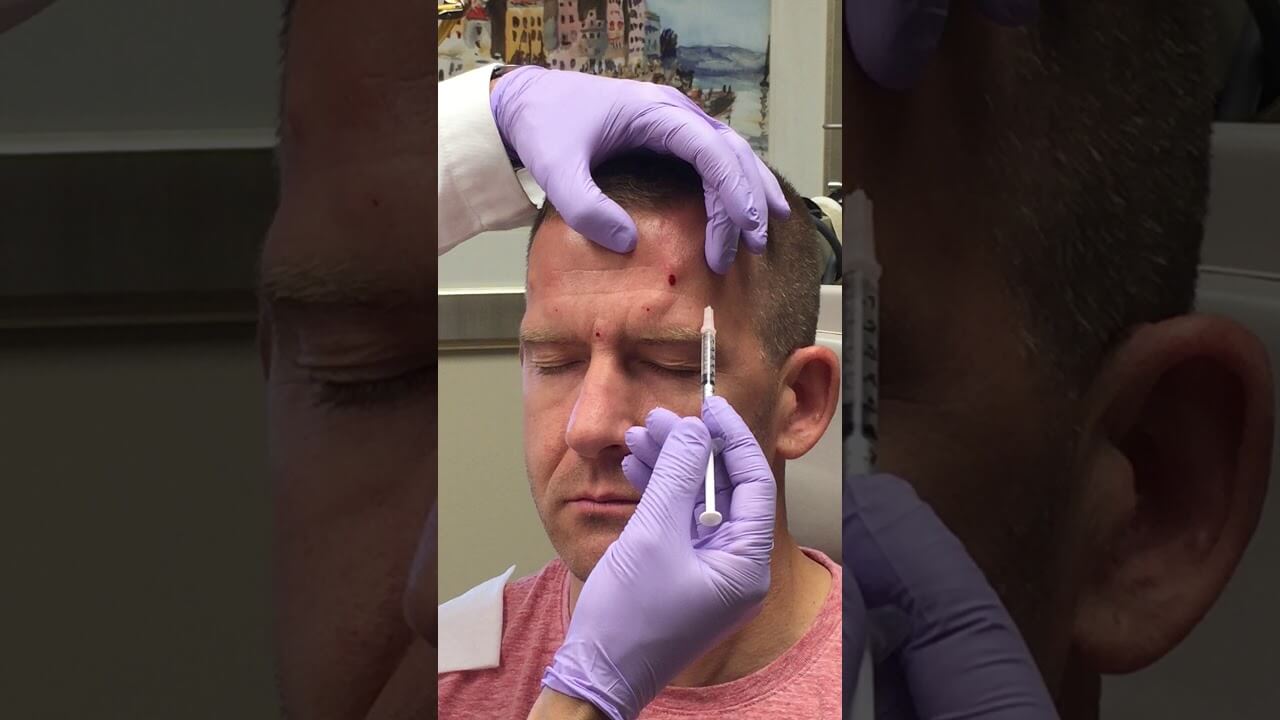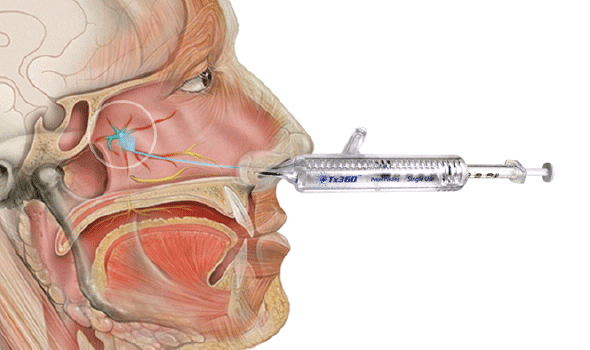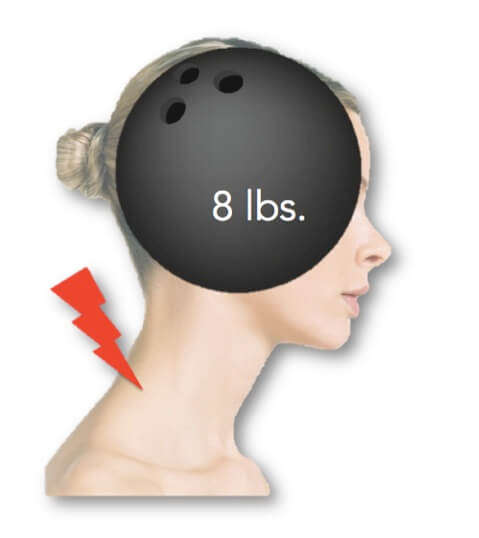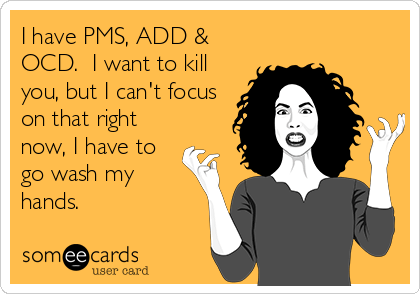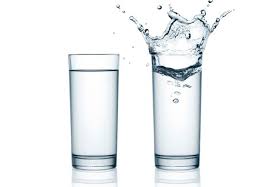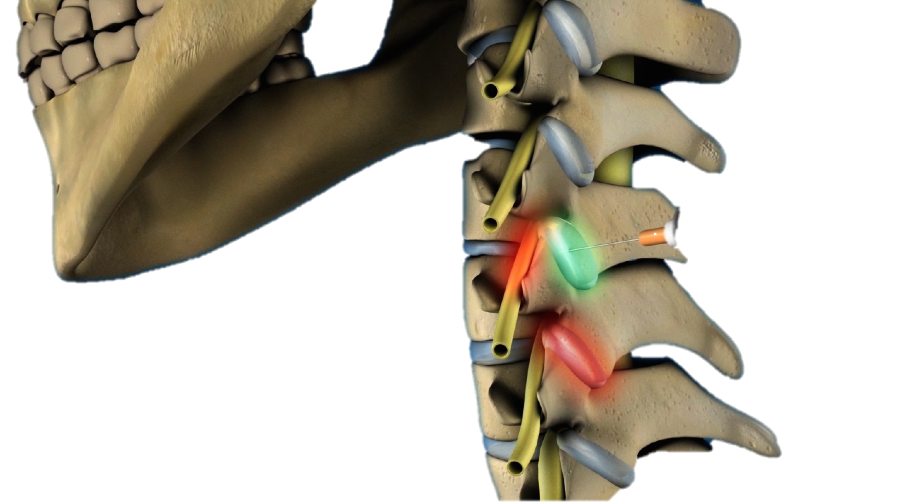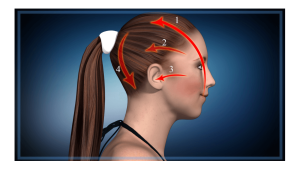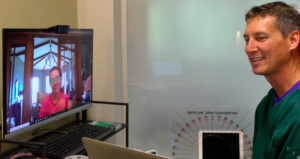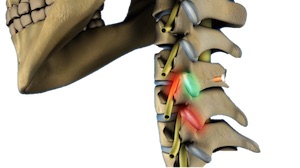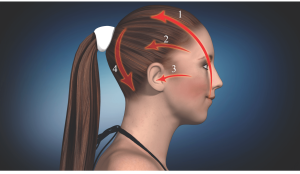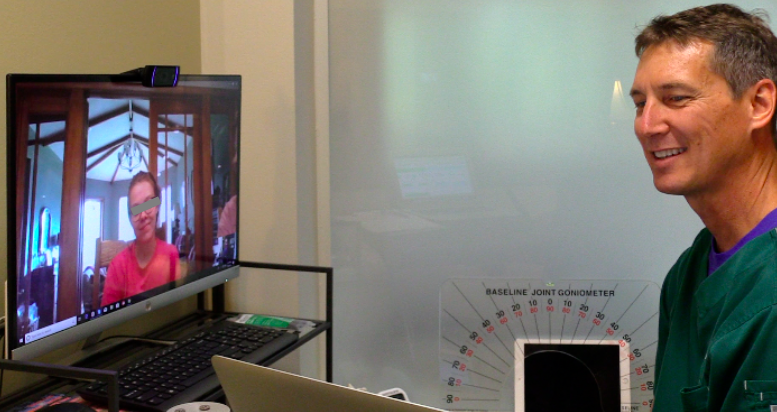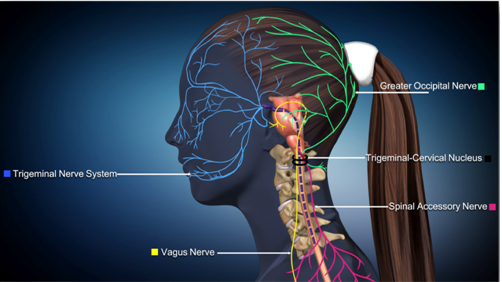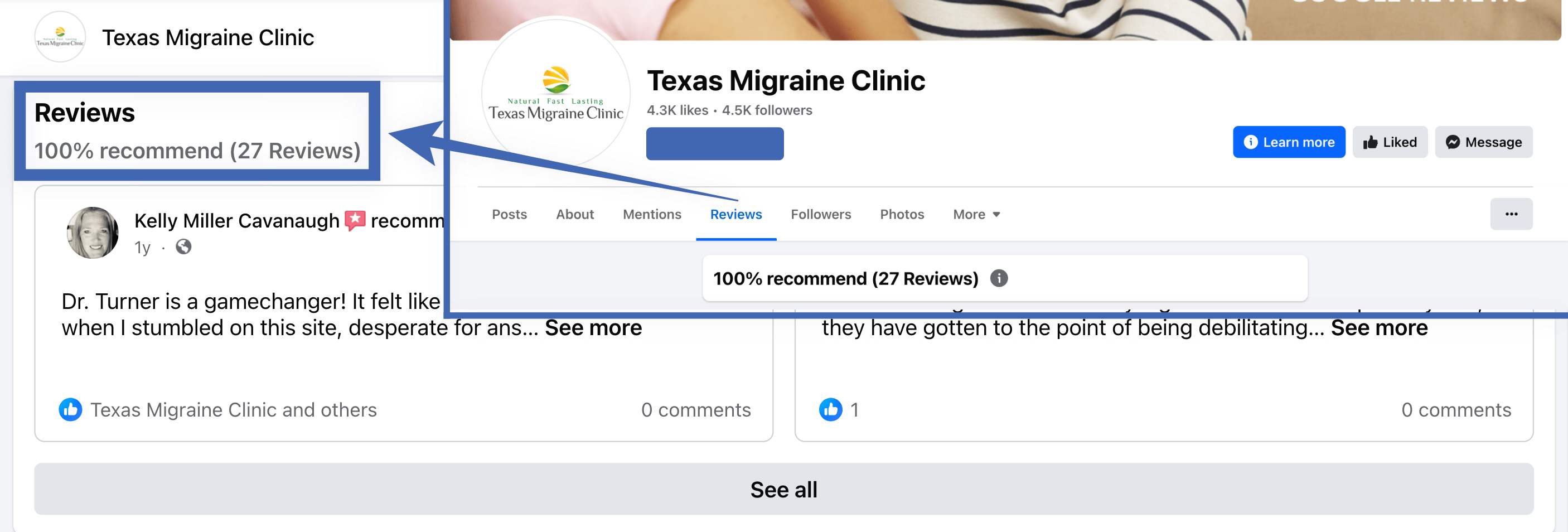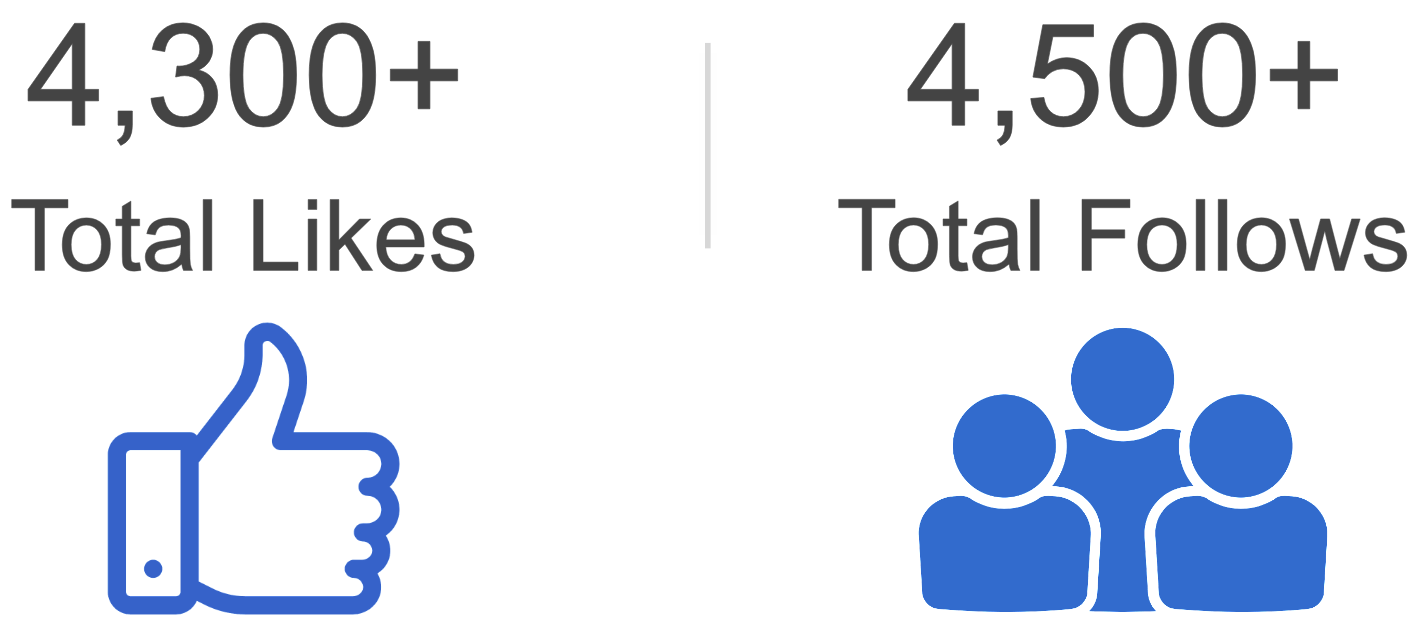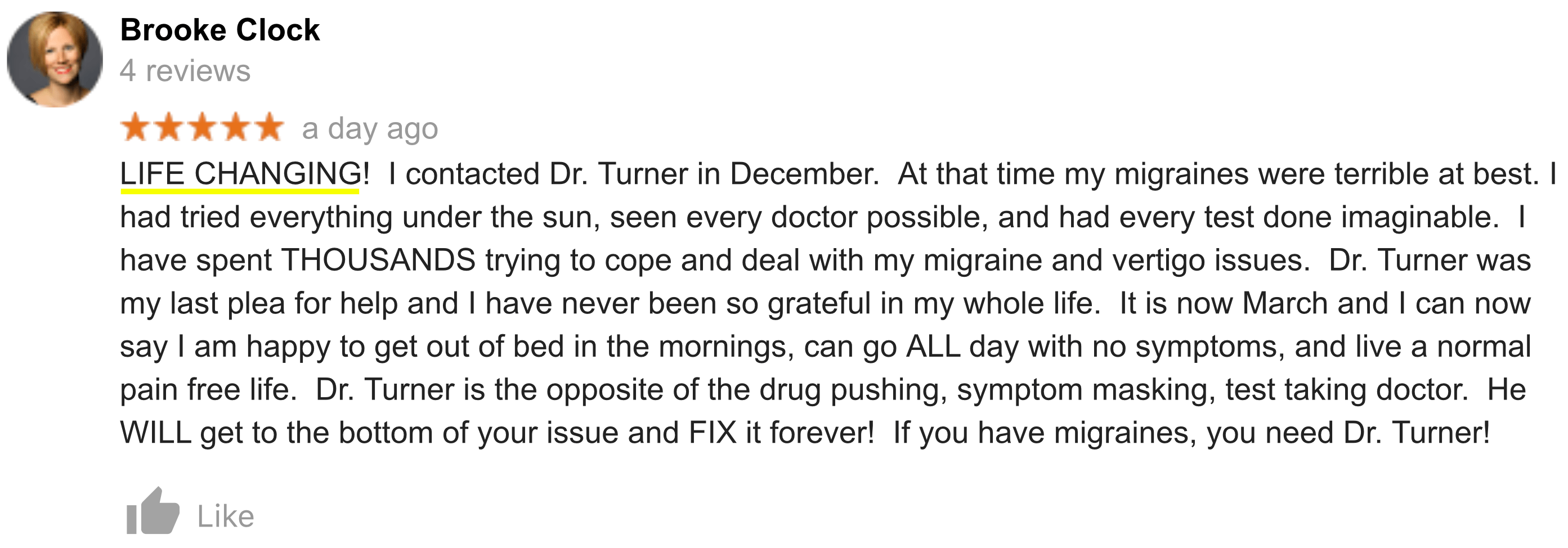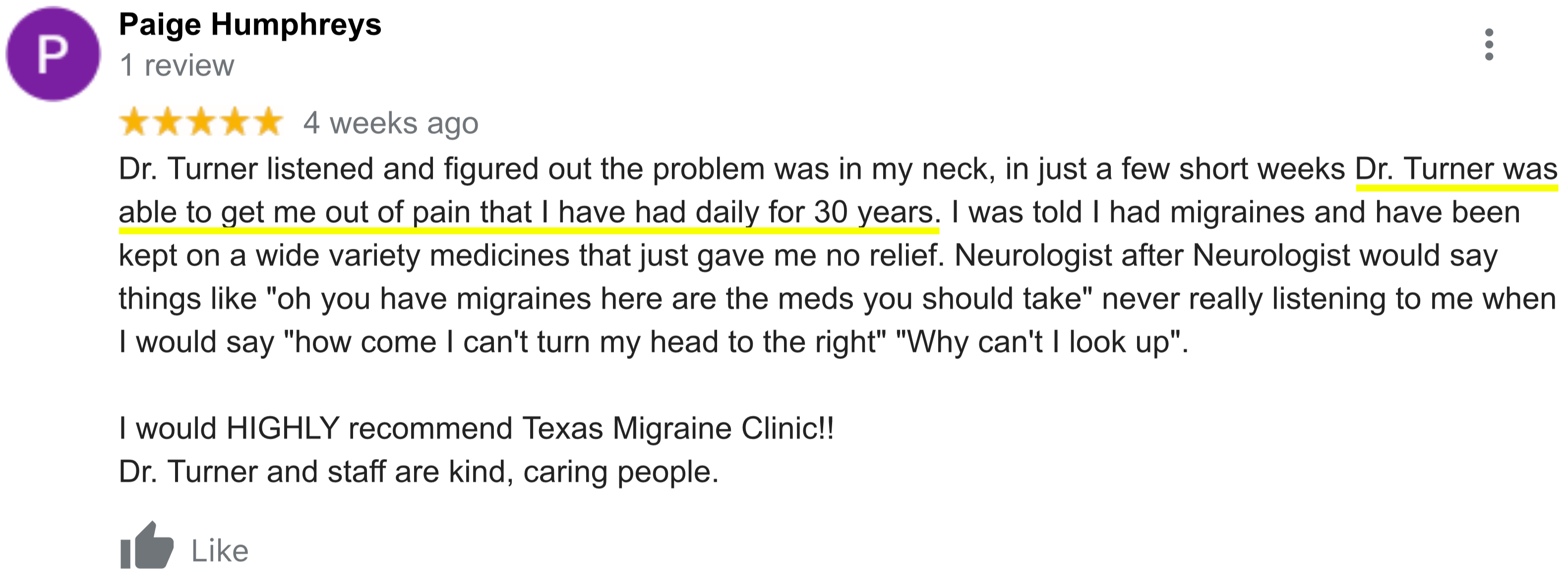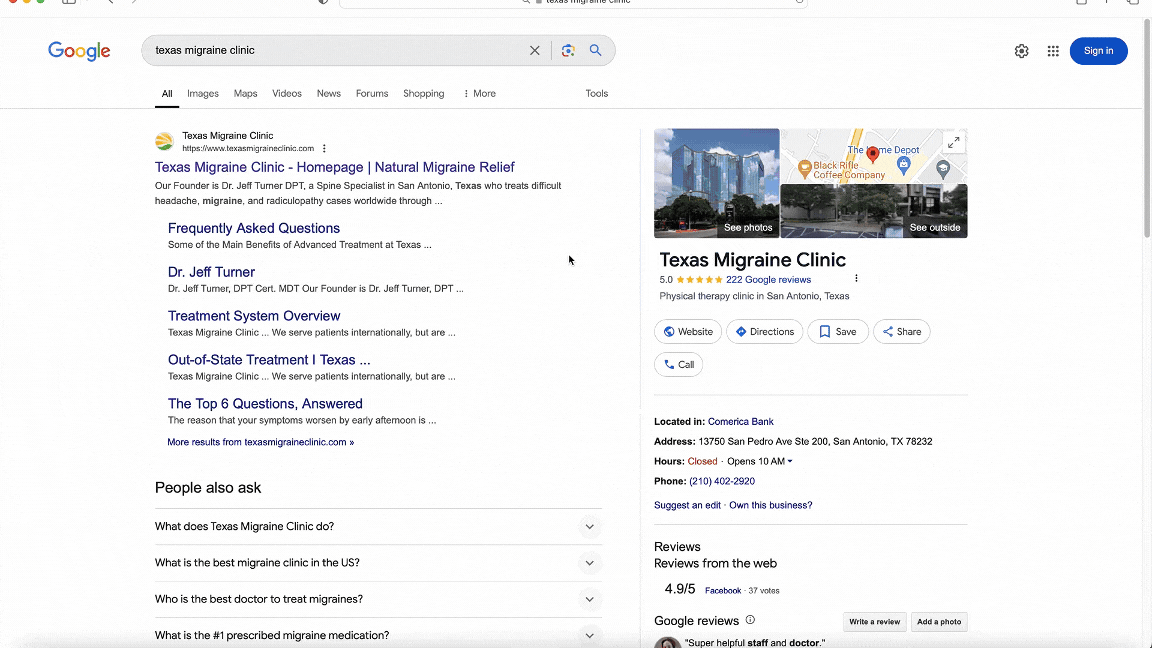*See the videos of Dr. Turner for an explanation of what we do below on the main page. However, if you’re curious about how this works, you can continue reading for a more detailed explanation of what we do right below. Thank You.
Introduction (Brief)
In many areas of research, an answer already has been found to intensive pain & symptom problems. However, in the area of headaches and migraines, no one seems to have found a good answer that is proven to work consistently to achieve a state of complete & lasting relief.*
That’s why it surprises many sufferers who see us: that the very thing that can make their intensive headaches and/or debilitating migraines go into lasting & complete remission: is a System that has already existed for the last 18 years. Furthermore, it takes a bit less than 2 months, on average to achieve this lasting remission outcome, and the approach is not yet being taught in medical school.*
In fact, we tried to “surpass” this approach that we have been using over the years with 16 different treatment approaches: including medication & injection cocktails, high-intensity laser, and other various approaches, but we were not able to surpass this approach. Instead, we stopped all of these treatments & therapies- except for this one comprehensive System.
In addition, we were seeing certain cases try chiropractic, physical therapy, massage, and acupuncture (all 4), without achieving lasting freedom from their symptoms. They were still left in the same “maintenance scenario”- forever trapped by their symptom problems, without any real answers.
There is one major reason for this. That’s because the only way to get people over their headaches and migraines: is to take away the 1 most powerful trigger in the neck. After this, people can then tend to: eat any food they want without flaring up. They can go to the gym without flaring up. They can even get back to living without these headaches and migraines. The thing is, it doesn’t always hurt in the neck for some sufferers, because the nerve signals climax downstream at the nerve sites in the head, oftentimes shoulders (as tension), and other locations as well.
These sufferers we see who are getting back to a life of lasting relief without these symptoms- can achieve all of this (lasting headache and migraine remission) without surgery, the invasive chemicals, or specialists “guessing” what the problem could be. Instead, we use symptom data, with consistently predictable outcomes.*
Our average success case (that finishes our System) had already seen 5 doctors or specialists before us without them finding the real cause behind their migraines and/or headaches that we currently address.*
And, when specialists cannot find the cause, it's difficult for anything to be done effectively about the symptoms. That's what nearly every case we see says; they're left with no tangible answers, and they're trapped.
The True Cause- Leads To Lasting Symptom Resolution
That’s because neurologists today aren’t taught these issues in medical school. Neither are the neuroradiologists who take headache & migraine sufferers' MRI’s and CT-scans. They overlook the real underlying issues in most every case we see.
Instead, neurologists commonly tell sufferers “we don’t know why you get your headaches and migraines.” Most all of the people who are ready to finally be “finished” with their headaches and migraines with this have been told this very statement, many of them different times by different neurologists. (People consistently tell us how frustrating that is after hearing that over the years.)
However, none of this is tends to in any way surprise us anymore: because finding the solution that actually worked took us over 20 years, much of which was before we started using the System. In order to address all of the issues that could be causing headaches and migraines, we had to extensively symptom-based statistical analysis- to map each symptom at different symptom points to specific locations- of exactly which nerves cause those symptoms and where. There is a reason no one is solving these issues: because it takes great know-how.
Refinement of this System occurred over thousands of cases over 12 years. We did this for every nerve system that runs into the head, face, shoulders, and arms (primary headache and migraine nerves).
However, despite all of this, our data tells us that the majority of people who visit our website, leave due to skepticism. This is understandable. Sufferers today have been jaded by this current world- that wants to keep them on treatments forever, slowly draining their finances and “options” for treatment over many years. Rather, in our approach, we actually work to get people better, so that they can stop sessions with us. We want them better! And, that’s what we achieve every single workday, nothing out of the ordinary.
For anyone who is tired of feeling the constant uncertainty, and "trapped" everyday with no answers, this approach could absolutely change their life. It's done just that for thousands of sufferers. It's been able to successfully address the most complex cases that we've seen: who had been to the Mayo Clinic, Cleveland Clinic, and/or other mainstream facilities without achieving any real or lasting progress or level of success. Dr. Turner, our founder, has already seen more than 10,000 cases, personally, at this point with this System methodology. (However, we use the “4,200” as the main case number at our homepage for believably reasons.)
When we free up the nerves, and people get better, it’s cause and then effect. It’s repeatable every single time, as long as someone doesn’t have 5 particular situations going on. For your convenience, here are the 5 situations- where what we do is not a fit:
(1) Someone has too much degeneration or lack of neck structure generation potential - as in some cases of EDS or after a certain age.
(2) Someone has a rapidly changing neck structure (This has to deal with age. Often, those 14 or younger are not the best fit, because although our System can still work great for them, the results may not last because the spine is still in the process of maturation.)
(3) Someone has had a surgery that has modified their anatomy (This means we often can’t naturally correct the structures in their necks.)
(4) Someone has had a stroke (rare).
(5) Someone has an ongoing condition that would prevent their successful progression in this System- (a) continued symptom history of POTS (postural orthostatic tachycardia syndrome), (b) basilar migraines (rare), (c) active chronic Lyme's disease, (d) certain cases of severe arthritis of the neck, or (e) retinal-specific migraines (a rare type that's much different than having an aura or visual symptoms).
That’s it. Those are the only situations where our System hasn't worked fabulously to our knowledge.
That's based on the thousands of cases we've seen over the last almost two decades. (Yes, we are going to use the word “fabulous” because it is absolutely true!)
However, fixing the issues behind these problems is not easy.
Approaches Today Are Often Dead-Ends (and Why)
NUCCA chiropractic, McKenzie method (physical therapy) and other approaches have not been able to achieve the results of this System, even with methods that specifically focus on the neck region. These approaches are not made specifically for headaches and migraines, and, even if they were, they have to comprehensively address all of the issues- each point along the affected nerves. It would also need to correct the issues to keep symptoms gone, which is what this System has done best over the years.
Furthermore, neck nerve de-compression surgery, still often results in lasting symptoms. These cases often have lasting complications. In addition, spinal "alignment" methods, in our experience, often return back to "disalignment" very quickly, which is why we found that to be a dead-end approach. Other approaches like medications and injections tend to never end- because the nerves are still being affected underneath.
Remember, we have to address each nerve problem at each location, and, also, we have to find all of the locations that are involved. Only then can we achieve the results we do.* We then have to show each person how to naturally de-constrict all of these nerves involved for them, without irritating any of their other nerves- doing so in a way that's stable for the long-term.
The Proven Solution to Predictably Achieve Lasting Relief
The process we use is highly complex, and this is a per-case basis approach. It cannot be the same "system" or "movements" for everyone, because there are different issues and different nerves that are generating the symptoms.
This took us thousands of hours (as mentioned) to get this right. Because of this, no one does what we do. And, that’s despite us having the highest success rate of any treatment or therapy on the planet that we've seen so far (after the thousands of cases we've seen).
We’ve done this in front of audiences (taking headaches and migraines away on the spot). It's nothing to us at this point, because we found the main "causal" points, and understand at the deeper level how to quickly identify them. That said, note that achieving the lasting relief results we achieve (not just on-the spot more instant relief) takes under 2 months. That said, when sufferers first start, we show people how to quickly change their particular symptoms at-will, until they gradually get better through this approach.*
This all said, we estimate that just about 98% of people that have headaches and migraines have existing issues in the neck region- because that's been our experience. It's been quite baffling over the years to see qualified neurologists & doctors overlooking these issues, but it happens in the overwhelming majority of cases. Truly, as mentioned, the real problems get overlooked in nearly all cases who come to see us.
Therefore, we currently believe that, for the first time in history, there is a real, true, proven, and lasting answer to migraines and headaches, that can predictably make them go into complete & lasting remission. No one in our space should ever use the “c_re” word in professional health world- which is why we don’t. But we hope you see the value nonetheless of leaving behind a world of constant endless treatments, specialists, and “guessing” at the problem over years. The truth is, though the process is complex, there is only one primary trigger for all of these symptoms, and it’s in the neck. There are more details below. Our methodology has been designed to fix this better than any other mechanism or method. It’s the best of its type anywhere. We could have couched that, but we don't need to. It's been that effective, and you won’t find reviews like ours anywhere else. We've looked.
In other words, this is the only approach we've seen that addresses the real cause predictably, and then keeps these issues gone, so sufferers don't need to waste their time & finances over years, on treatments & therapies that aren't addressing the cause or lasting.
We’re truly proud of our work helping thousands of sufferers achieve lasting remission.
